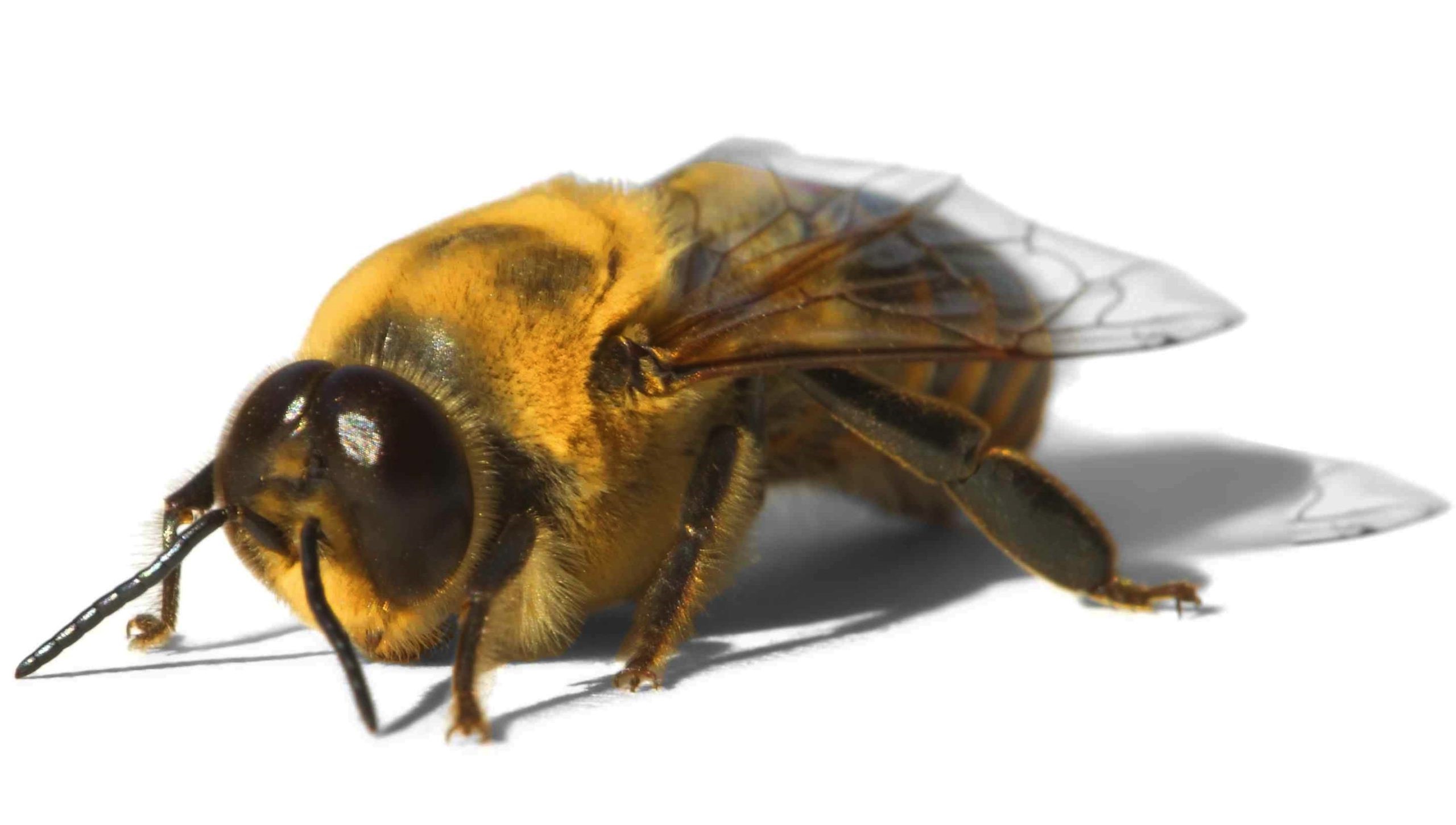
Ever wondered about the unsung heroes of the hive? Drone bees might not gather nectar or build honeycombs, but they play a vital role in the bee community. Unlike worker bees, drones are male and their primary job is to mate with the queen. These fascinating creatures have no stingers, making them harmless to humans. They live a life of luxury, being fed by worker bees until their big moment arrives. Once they mate, their life ends, but their contribution ensures the survival of the hive. Dive into these 17 amazing facts about drone bees and discover why they are so crucial to the buzzing world of bees.
Key Takeaways:
- Drone bees are male members of the hive with unique roles. They mate with queens, help regulate hive temperature, and maintain genetic diversity. They have no stingers and rely on worker bees for food.
- The lifecycle of drone bees includes egg, larval, pupal, and adult stages. They exhibit interesting behaviors like congregating in specific areas for mating flights and being expelled from the hive before winter.
What Are Drone Bees?
Drone bees are fascinating members of the bee community. Unlike worker bees or the queen, drones have unique roles and characteristics. Let's dive into some intriguing facts about these buzzing creatures.
-
Male Bees: Drone bees are the male members of the hive. Their primary role is to mate with a queen from another hive.
-
No Stingers: Unlike worker bees, drones do not have stingers. This means they cannot defend the hive or themselves.
-
Larger Eyes: Drones have significantly larger eyes compared to worker bees. This adaptation helps them spot queens during mating flights.
-
Short Lifespan: Drones typically live for only a few weeks. Their life ends after mating or when they are expelled from the hive before winter.
Drone Bee Roles and Responsibilities
Drone bees might not gather nectar or pollen, but their contributions are vital for the hive's survival. Here are some key roles and responsibilities of drone bees.
-
Mating: The primary role of a drone bee is to mate with a queen. Successful mating ensures the continuation of the hive's genetic line.
-
Genetic Diversity: By mating with queens from different hives, drones help maintain genetic diversity within bee populations.
-
Hive Temperature Regulation: Drones can help regulate the hive's temperature by flapping their wings to circulate air.
Unique Characteristics of Drone Bees
Drone bees possess several unique characteristics that set them apart from other bees in the hive. Let's explore these fascinating traits.
-
Larger Size: Drones are generally larger than worker bees but smaller than the queen. Their size helps them during mating flights.
-
No Pollen Baskets: Unlike worker bees, drones do not have pollen baskets on their legs. They do not collect pollen or nectar.
-
Dependence on Workers: Drones rely on worker bees for food. They cannot forage for themselves and are fed by the workers.
Drone Bee Lifecycle
Understanding the lifecycle of drone bees provides insight into their roles and behaviors. Here are some key stages in a drone bee's life.
-
Egg Stage: Drone bees start as eggs laid by the queen in larger cells within the hive.
-
Larval Stage: After hatching, drone larvae are fed by worker bees until they pupate.
-
Pupal Stage: During this stage, the larvae spin cocoons and undergo metamorphosis into adult drones.
-
Adult Stage: Once they emerge as adults, drones begin their primary role of seeking out queens for mating.
Interesting Behaviors of Drone Bees
Drone bees exhibit several interesting behaviors that are crucial for their survival and the hive's success. Here are some notable behaviors.
-
Congregation Areas: Drones gather in specific areas known as drone congregation areas, where they wait for queens to pass by for mating.
-
Expulsion from Hive: Before winter, worker bees often expel drones from the hive to conserve resources, as drones do not contribute to food collection.
-
Mating Flights: Drones embark on mating flights, during which they chase and mate with queens in mid-air. This is a one-time event for drones, as they die shortly after mating.
The Buzz About Drone Bees
Drone bees, often overlooked, play a vital role in the hive. These male bees, with no stingers, exist solely to mate with the queen. Their large eyes help them spot queens during mating flights. Unlike worker bees, drones don’t gather nectar or pollen. They rely on workers for food. After mating, drones die, having fulfilled their purpose. If they don’t mate, they’re often expelled from the hive before winter to conserve resources.
Understanding drone bees highlights the complex social structure of bee colonies. Each bee, from the queen to the workers to the drones, has a specific role that ensures the hive’s survival. Next time you see a bee, remember the unsung heroes—the drones—whose brief lives are crucial for the continuation of the hive. Their existence, though short, is essential for the hive’s future.
Frequently Asked Questions
Was this page helpful?
Our commitment to delivering trustworthy and engaging content is at the heart of what we do. Each fact on our site is contributed by real users like you, bringing a wealth of diverse insights and information. To ensure the highest standards of accuracy and reliability, our dedicated editors meticulously review each submission. This process guarantees that the facts we share are not only fascinating but also credible. Trust in our commitment to quality and authenticity as you explore and learn with us.


